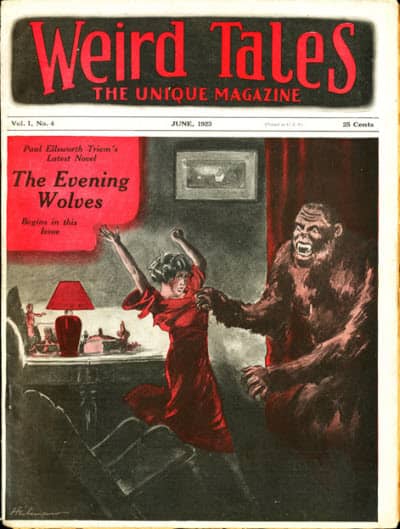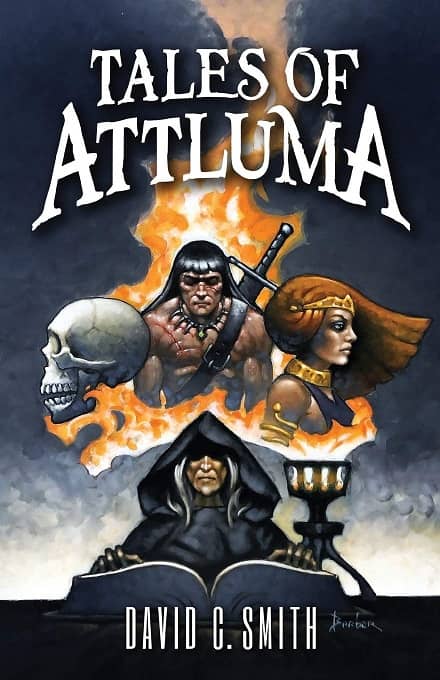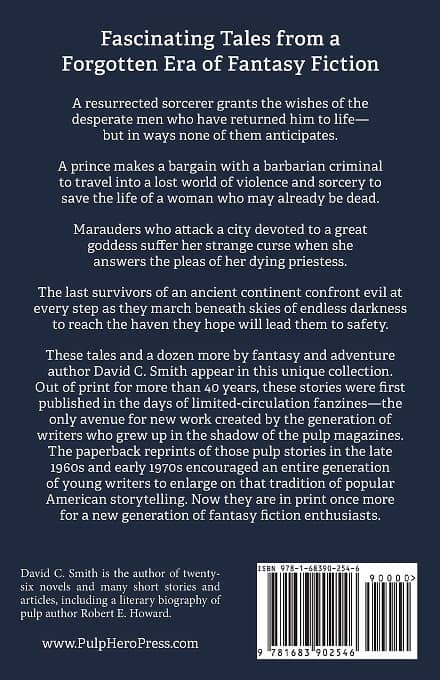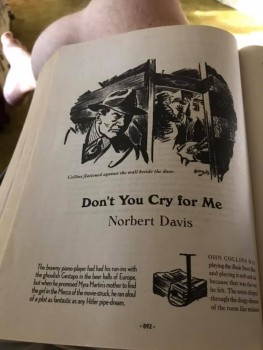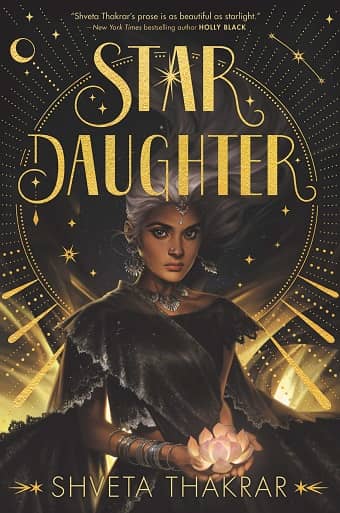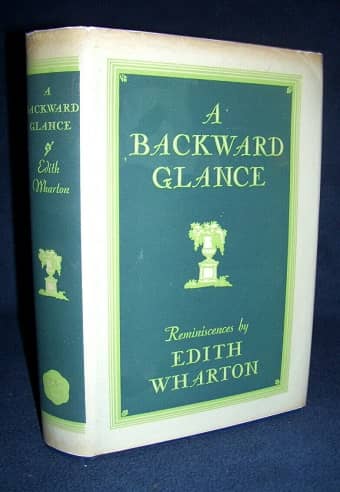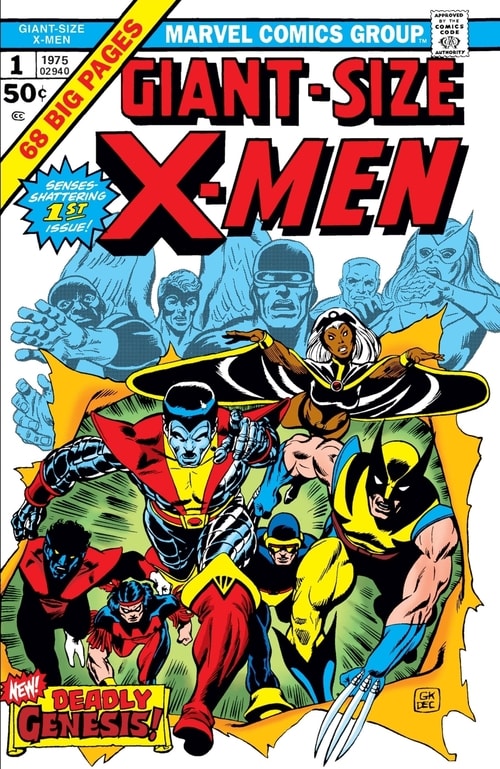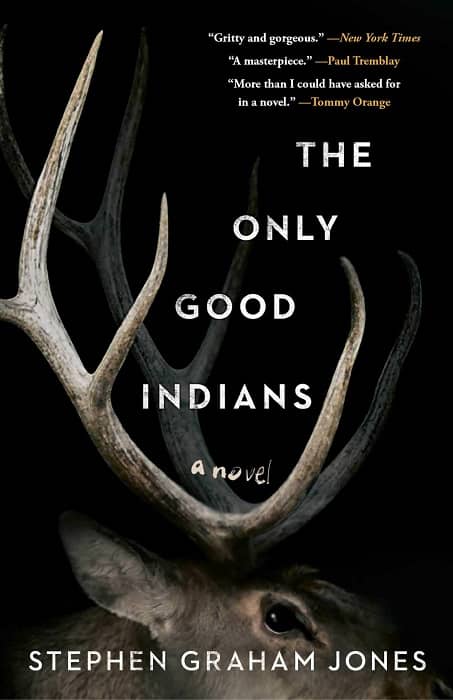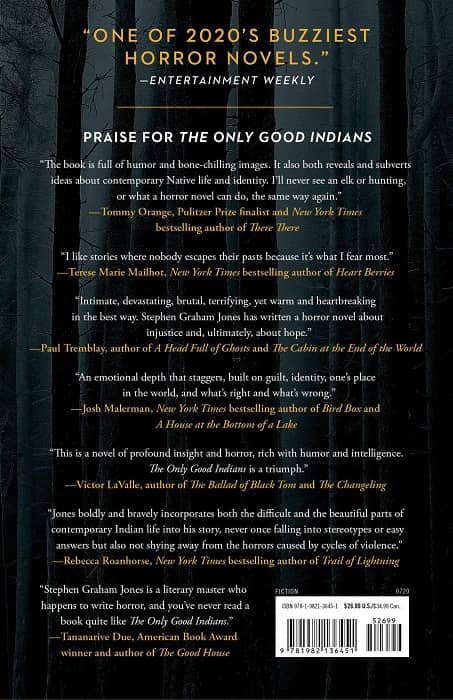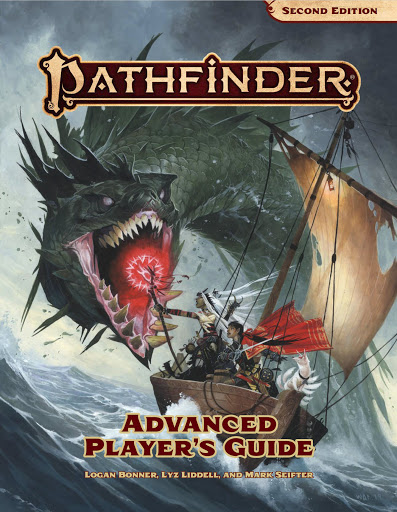Weird Tales Deep Read: June, 1923
Cover by Heitman for “Murders in the Rue Morgue”
June 1923 was the magazine’s fourth issue, and it was still clearly a magazine in search of itself.
There are very few authors who had a major impact on the magazine appeared in this issue. The most notable name, of course, is Edgar Allen Poe with a reprint of one of his most famous tales (“The Murders in the Rue Morgue”) and, secondarily, Otis Adelbert Kline, with a story largely forgotten today, but which I found to be a cut above many of his others, though ultimately somewhat slight. That’s about it. Two of the best stories were by authors totally forgotten today, Paul Ellsworth Triem and Loual B. Sugarman, with only the later tale having fantastic elements. In fact, only seven of the 18 stories in this issue had fantastic elements (39%), all were set in contemporaneous times (of course, the Poe story was written in the 1840s), and most (13 or 72%) were set in the United States.
On the whole, many of the stories were no better than mediocre, but really poor efforts were largely avoided (four 4’s and one 5). Also largely avoided were the overtly racist tropes too readily present in many early WT’s, with the Birch effort going all in on the Yellow Peril theme. Overall, this issue rated out to 3.00, which notably lags behind the classic early 1930s issues previously covered.
